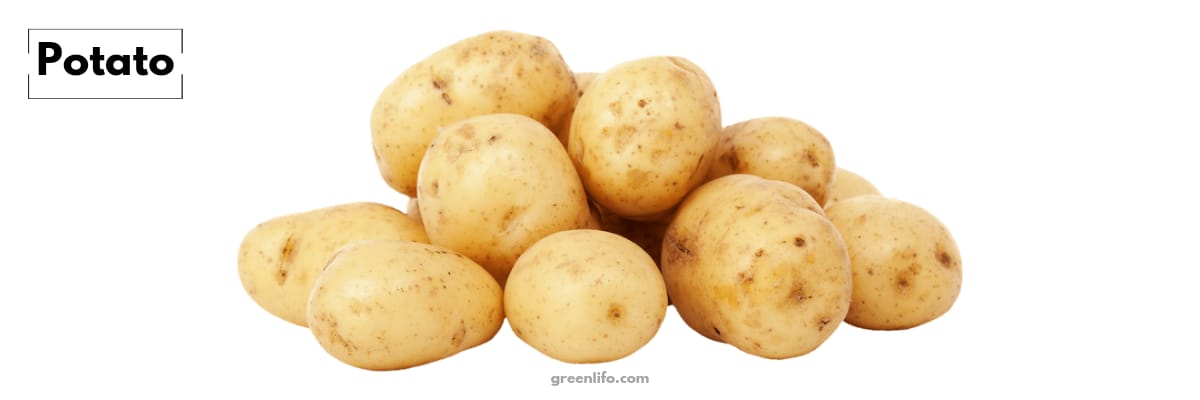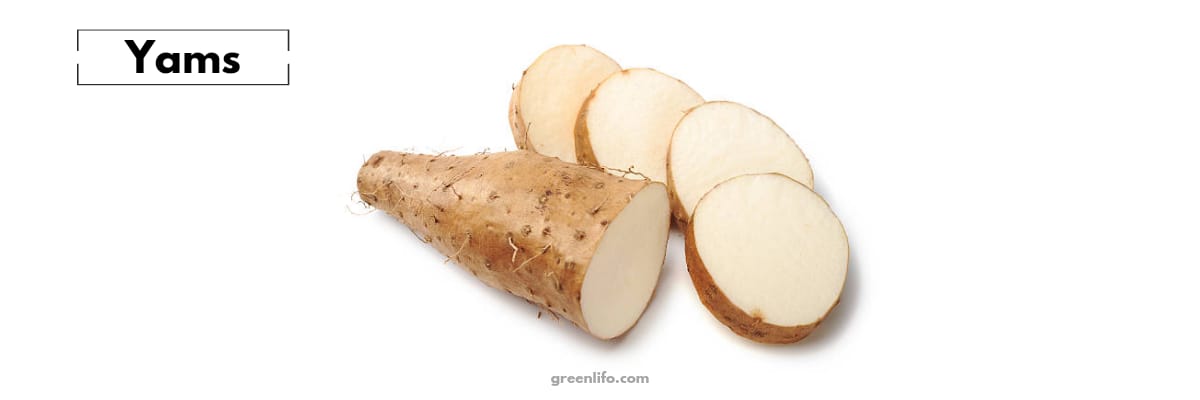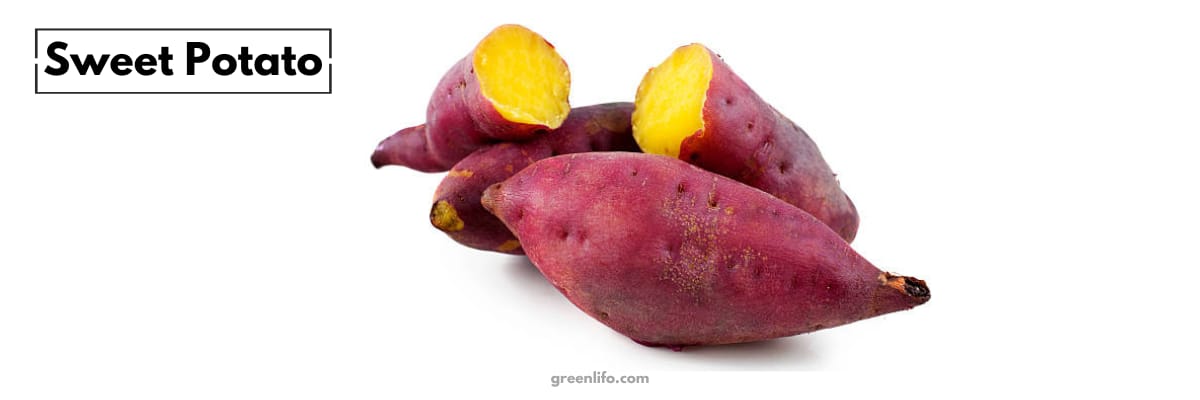
Tuber plants are a type of plant that stores its energy in a fleshy, swollen underground stem. These swollen stems are called “tubers” and are used by the plant to survive through periods of dormancy or drought. Tuber plants are an essential source of food for humans and animals alike and have been cultivated for thousands of years. In this article, we will explore what tuber plants are, the types of tuber crops, the difference between tubers and bulbs, and which is the best example of a tuber.
What are tuber plants?
Tuber plants are a type of plant that has a thick, underground stem called a tuber. The tuber stores the plant’s energy and nutrients, allowing it to survive through periods of dormancy or drought. When the plant is ready to grow again, it will use the energy stored in the tuber to produce new leaves and stems.
In case you missed it: 8 Best Vegetables You Can Grow Indoors (Easy Beginner’s Guide)
What are tubers called?
Tubers are sometimes called “root vegetables,” but this is a misnomer. While tubers do grow underground, they are not roots. Instead, they are modified stems that store nutrients for the plant. The most common example of a tuber is the potato.
Types of tuber crops
There are many different types of tuber crops, and they are grown all over the world. Some of the most common tuber crops include:

Potatoes – Potatoes are the most commonly cultivated tuber crop worldwide, and they are a staple food in many countries. They are rich in carbohydrates, vitamin C, and minerals such as potassium, magnesium, and iron.

Yams – Yams are a tuber crop that is native to Africa and Asia. They are high in fiber and vitamin C and can be boiled, roasted, or mashed.

Sweet potatoes – Sweet potatoes are another popular tuber crop in tropical and subtropical regions. They are high in fiber, beta-carotene, and other nutrients. Sweet potatoes can be boiled, roasted, mashed, or used in pies and other desserts.

Taro – Taro is a tuber crop that is popular in Hawaii and other Pacific islands. taro root is a tropical plant cultivated for its starchy root bulb. It is loaded with nutrients like dietary fiber, vitamins, and minerals like magnesium, phosphorus, and potassium.

Cassava – Cassava is also referred to as yucca. It is used in many traditional dishes in Africa, Asia, and Latin America. It is high in carbohydrates and is used to make flour, starch, and other food products.

Ginger – Ginger is a flowering plant that is widely used as a spice and for its medicinal properties. It is native to Southeast Asia and has a strong, spicy flavor and aroma. Ginger is commonly used in cooking, especially in Asian and Indian cuisine, and is also used as a natural remedy for a variety of ailments, including nausea, vomiting, and inflammation. It can be consumed fresh, dried, powdered, or as an oil or juice.
Which is the best example of a tuber?
The best example of a tuber is the potato. Potatoes are the most widely consumed tuber crop in the world, and they are an essential source of food for millions of people. Potatoes are high in carbohydrates, vitamins, and minerals, and they can be prepared in many different ways. They can be boiled, baked, fried, mashed, or used in soups and stews.
Tuber plants list
Here is a list of some common tuber plants:
1. Potato
2. Yams
3. Sweet potato
4. Taro
5. Cassava
6. Ginger
7. Jerusalem artichoke
8. Arrowroot
9. Chinese yam
10. Dasheen
Read this also: 5 Benefits of Organic Farming – Green Lifo
How is a tuber different from a bulb?
Tubers and bulbs are both underground storage organs that are used by plants to survive through periods of dormancy or drought. However, there are some key differences between the two.
Tubers are modified stems that store nutrients for the plant. They are usually irregularly shaped and have “eyes” where new shoots can grow. Potatoes and sweet potatoes are examples of tubers.
Bulbs, on the other hand, are modified leaves that store nutrients for the plant. They are usually round or oblong and have a papery outer layer. Onions, garlic, and tulips are all examples of bulbs.
Another difference between tubers and bulbs is the way they reproduce. Tubers reproduce asexually, meaning that new plants can grow from a single tuber. Bulbs, on the other hand, can reproduce both sexually and asexually. They produce seeds that can grow into new plants, but they can also grow new bulbs from the old one.
Conclusion
In conclusion, tuber plants are an essential source of food for humans and animals alike. They store their energy in fleshy, swollen underground stems called tubers, which allow them to survive through periods of dormancy or drought. Some of the most common tuber crops include potatoes, sweet potatoes, yams, cassava, and taro. The potato is the best example of a tuber and is the most widely consumed tuber crop in the world. While tubers and bulbs are both underground storage organs, they differ in their shape, mode of reproduction, and what they store. Understanding the difference between tubers and bulbs is essential for anyone interested in gardening or agriculture.